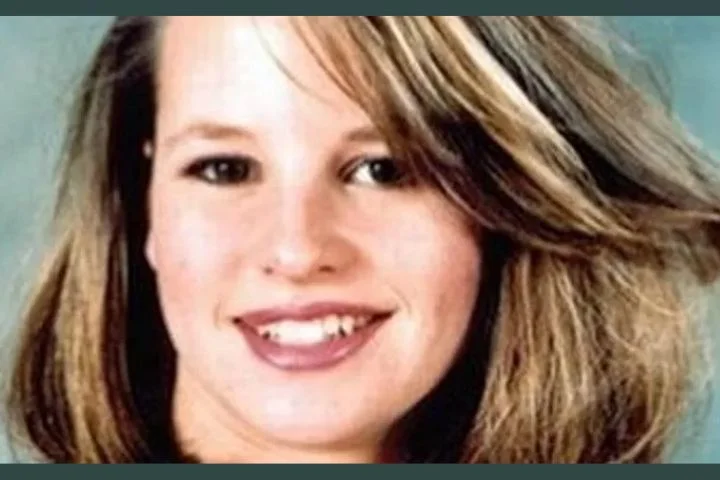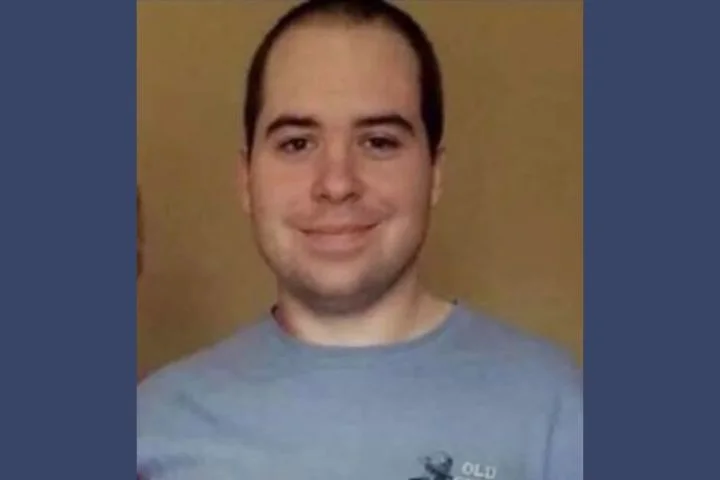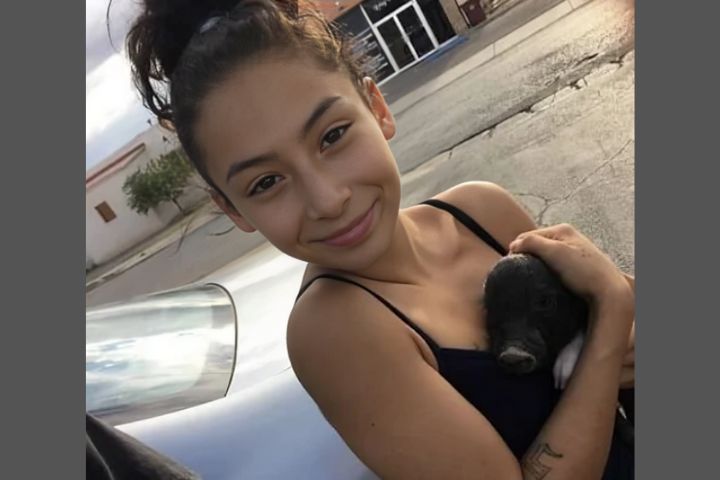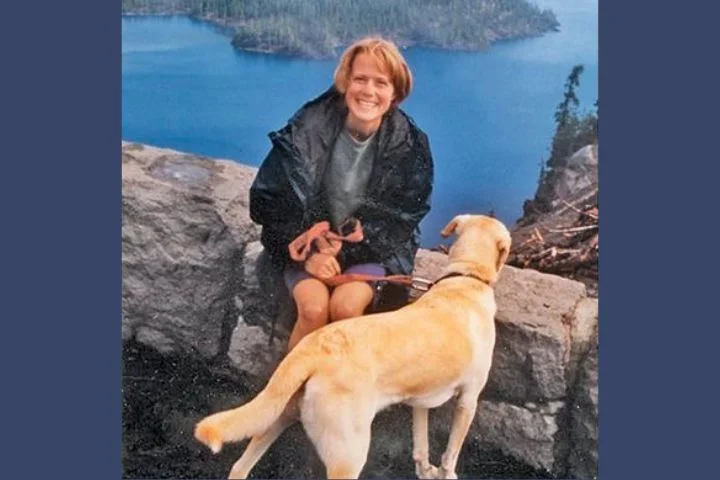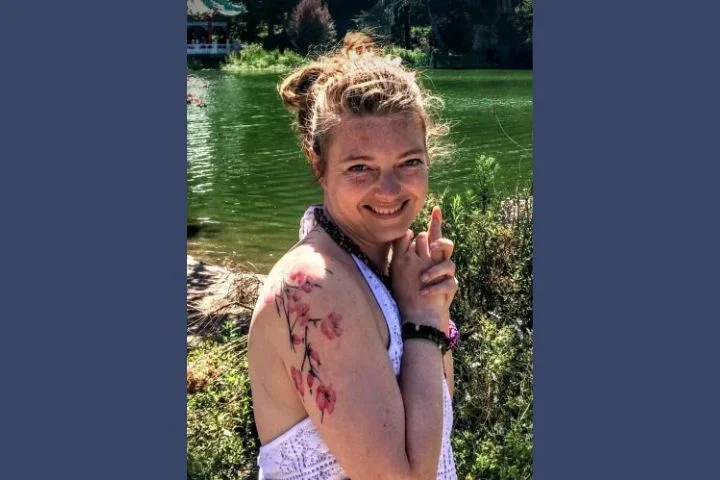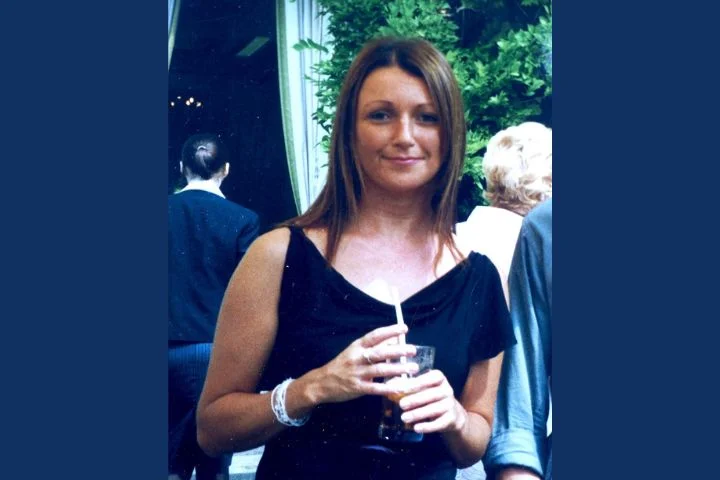The last time anyone saw Dail Dinwiddie, she was trying to find a ride home. The 23-year-old had spent the evening at a U2 concert with some old high school friends, and from there the group had ended up at their favorite bar in Columbia, South Carolina. As the night went on, Dail lost track of her friends, and by 1:00 am she was unable to find any of them. One by one, they had all left the bar, each assuming that Dail had found a ride home with someone else. Dail spoke with the bouncer at the bar around 1:15 am, telling him she was trying to find her friends. He saw her leave the bar once, but she returned within a few minutes, still alone. She left for the final time close to 1:30 am, and the bouncer saw her hurry across the parking lot then rush to a nearby intersection. After that, she faded from view and was never seen again.
Dail had lived in Columbia for her entire life. She was the oldest child of Dan and Jean Dinwiddie, and had been an only child until her younger brother was born when she was 7 years old. Due to the age difference, they weren’t particularly close as children, but they had begun to grow closer as they got older.
Dail attended a small private school from kindergarten through high school, and graduated from Heathwood Hall Episcopal School in 1987. Although the school was located within the city of Columbia, it had a large, safe campus and provided a nurturing learning environment for its students. After graduation, Dail enrolled in Randolph-Macon Women’s College in Lynchburg, Virginia as an art history major. She loved the school, but transferred to the University of Georgia after a year because they offered more courses in her major. Unfortunately, her severe allergies and asthma flared up shortly after she made the move to Georgia, and she was forced to return to Virginia. She graduated from Randolph-Macon Women’s College in 1991.
After graduation, Dail tried unsuccessfully to find a job in art preservation, but ended up working at a frame shop in Charlotte, North Carolina. When the business closed six months later, Dail decided to move back home with her parents and apply to graduate school at the University of South Carolina. She was hopeful that the economy would improve by the time she finished graduate school, allowing her to find a job within the art field.
Dail began volunteering at the Columbia Museum of Art and took a job babysitting to make some extra money before classes started. She had been excited when one of her friends from high school had called her and asked if she wanted to go to the U2 concert with him on September 23, 1992. He picked her up at her house, and they drove to the arena together. At the concert, they met up with other people they knew from high school, enjoying an impromptu reunion.
When the concert was over, the friend who had driven Dail to the concert needed to go straight home, but Dail wasn’t ready to call it a night. She decided to go out with some of her other friends, and several carloads of people drove from the arena to the Five Points area of downtown Columbia. Five Points was a known hangout for college students, as the bars and restaurants there stayed open late. Dail and her friends ended up at Jungle Jim’s, a popular bar they had been to many times before. It had a relaxed atmosphere, and the group split up once inside as everyone spent time socializing and drinking.
As the night went on, the crowd in the bar started to thin out. Dail had lost track of the people she had arrived with, and soon realized that she didn’t recognize anyone who was still in the bar. Unsure what to do, she went outside and scanned the parking lot, hoping to find a familiar face. She returned to the bar by herself, speaking briefly with the bouncer stationed at the bar’s front door. She told him that she couldn’t find her friends, but she didn’t seem to be too upset by the fact. He chatted with her for a few minutes, and she left the bar for the final time somewhere around 1:30 am. She inadvertently left her purse behind.
Dail was alone when she left the bar, and the bouncer noted that she appeared to be in a hurry. She cut through the parking lot of the bar and rushed up the street towards the intersection of Harden and Greene Streets without stopping, then faded from view.
Dan Dinwiddie was the first to realize that something was wrong. He woke up around 6:15 am the morning of September 24, 1992. As he did every morning, he went upstairs to his son’s room to let the family dog out. As he walked past Dail’s room, he noticed that her bedroom lights and her radio were on, and her bed hadn’t been slept in. He knew she had gone out the night before, but Dail was the kind of person who always called if she wasn’t going to come home. Not wanting to panic, Dan woke up his wife and asked her if Dail had planned on spending the night somewhere else. As far as Jean knew, Dail had planned on coming home as she had to babysit later that day.
Dan and Jean began calling Dail’s friends to see if they could locate her. No one knew where Dail was, and no one had spoken to her since the night before. At 8:30 am, Dan called the Columbia Police Department and reported his daughter missing.
At 23 years old, Dail was an adult, and had the right to go missing if she wanted. The responding police officer initially assumed that Dan and Jean were overreacting and told them that Dail would likely return home soon. After speaking with her friends and family, however, it soon became apparent that Dail was not the type of person one would expect to disappear. She wasn’t at all adventurous and hated to go places alone. She stood barely 5 feet tall and weighed about 95 pounds; she looked vulnerable and far younger than her actual age. She still slept with a teddy bear every night, and kept her parents updated on her every move. She had no reason to disappear voluntarily.
Dan told the officer that Dail had last been seen at a bar in Five Points, and had apparently lost track of the person who was supposed to give her a ride home. Although Five Points was technically within walking distance of their Forest Hills home, the route Dail would have walked crossed through some fairly sketchy neighborhoods, and she had never attempted to walk it in the past. She had called her parents on prior occasions if she needed a ride home from Five Points, and they were confident that she would have called them last night before she would have considered walking.
Police canvassed the Five Points area as well as the likely route Dail would have used if she had tried to walk home, but they found nothing relevant to their search. They went door-to-door questioning residents of the area, but none could recall hearing anything unusual the previous night. They found no signs of foul play anywhere along the route. They checked in underground water lines and in abandoned houses. They found nothing. Dail seemed to have simply vanished.
Knowing that publicity provided the best chance of finding Dail, her family and friends held a rally at the Columbia Statehouse that weekend. It drew a large crowd, including the governor of South Carolina. They handed out fliers with Dail’s information and urged anyone who knew anything about her disappearance to call police. Soon, they created a grassroots organization, Operation Safe Streets. Within days, the entire state knew Dail was missing, and the group then made it their mission to spread her story across the entire country.
Nearly a week after Dail went missing, police held a press conference and announced that they were upgrading the case from a missing person investigation to a kidnapping. Everything they had learned about Dail told them that she would not have disappeared on her own, and though they had not found any evidence of foul play, they believed she had been abducted. The nationwide search for the missing woman kicked into high gear at this point, and a $50,000 reward was offered for information leading to her return.
On October 2, “America’s Most Wanted” aired a segment about the case in an attempt to generate new leads. Although police did receive numerous phone calls from viewers, none of the leads panned out.
On October 7, a group of Dail’s friends traveled to Birmingham, Alabama to sell t-shirts with Dail’s picture printed on them at a U2 concert. During the show, the band also highlighted the disappearance, displaying Dail’s picture on a video screen and telling the crowd about her. The band urged the crowd to keep an eye out for their missing fan.
In the first two weeks of their investigation, police followed up on more than 350 leads, yet none yielded any solid clues as to what had happened to Dail. They interviewed all of her friends and family, and interrogated two men who had been seen speaking with her at the bar the night she went missing. They were confident that none had anything to do with her disappearance.
Weeks went by with no progress in the case. During the first two months, more than 800 leads were called in, and each one was thoroughly investigated. Although there were several possible sightings of Dail that seemed promising at first, none of them turned out to be her.
Detectives had intensely investigated the Five Points area, and had not been able to locate anyone who had seen anything out of the ordinary the night Dail went missing. They began to speculate that she may have gotten a ride from someone she either knew or thought she knew, and that person was then responsible for her disappearance. Despite the late hour, the streets had been crowded with people at the time Dail went missing, and investigators believed it would have been practically impossible for someone to physically grab a person and throw them into a car without at least one person noticing.
The theory that Dail had accepted a ride with an acquaintance was a solid one, but unfortunately investigators were never able to come up with any possible suspects. Dail had disappeared at a time before surveillance cameras were used in the downtown area, and there was simply no way for them to tell who might have been in the area when she disappeared.
By January 1995, more than 3000 leads had been investigated without success. The FBI sent computer experts to help the Columbia police organize all the tips into a computer program and analyze them, but they were still unable to identify a suspect. Dail’s family continued to believe that she was still alive, and they made sure to keep her case in the public eye. Despite this, the number of leads coming in started to dwindle, and the case slowly went cold.
Ove the years, investigators have interviewed countless people, dug up several different areas, and drained ponds and lakes looking for Dail. They have checked out several serial killers and kidnappers, but have been unable to link any of them to Dail’s disappearance. They have held numerous searches over the years, and still do so whenever any new information is learned. Despite their hard work, they have never located a single clue about what happened to her that night. Although her case is cold, it is still considered an active investigation and both law enforcement and Dail’s family have vowed to keep up the search until they get some answers.
Dail Dinwiddie was 23 years old when she went missing in 1992. She has light brown hair and brown eyes. At the time of her disappearance, she was 5 feet tall and weighed approximately 95 pounds, and she had blonde highlights in her hair. She has pierced ears and dimples when she smiles. Dail was last seen wearing a long-sleeved green pullover, faded blue jeans, and either brown boots or white Nike sneakers with blue stripes. She had a bright blue LL Bean nylon windbreaker tied around her waist. One finger on each of her hands is deformed and curves slightly, and Dail had severe asthma and allergies when she went missing. At the time, she was getting allergy shots twice a week and used an inhaler to control her asthma. It is unknown if she had her inhaler with her when she disappeared. If you have any information on Dail, please call the Columbia Police Department at 803–233–8474.
